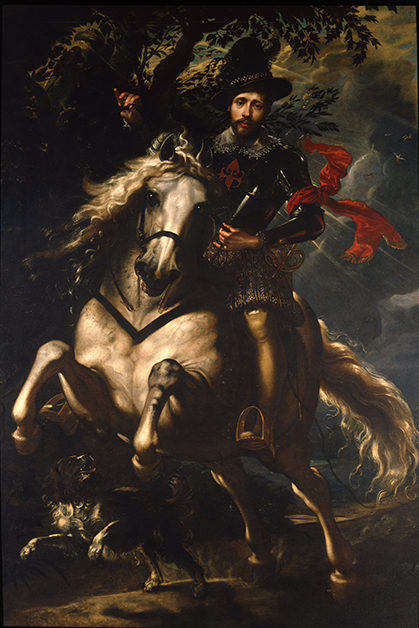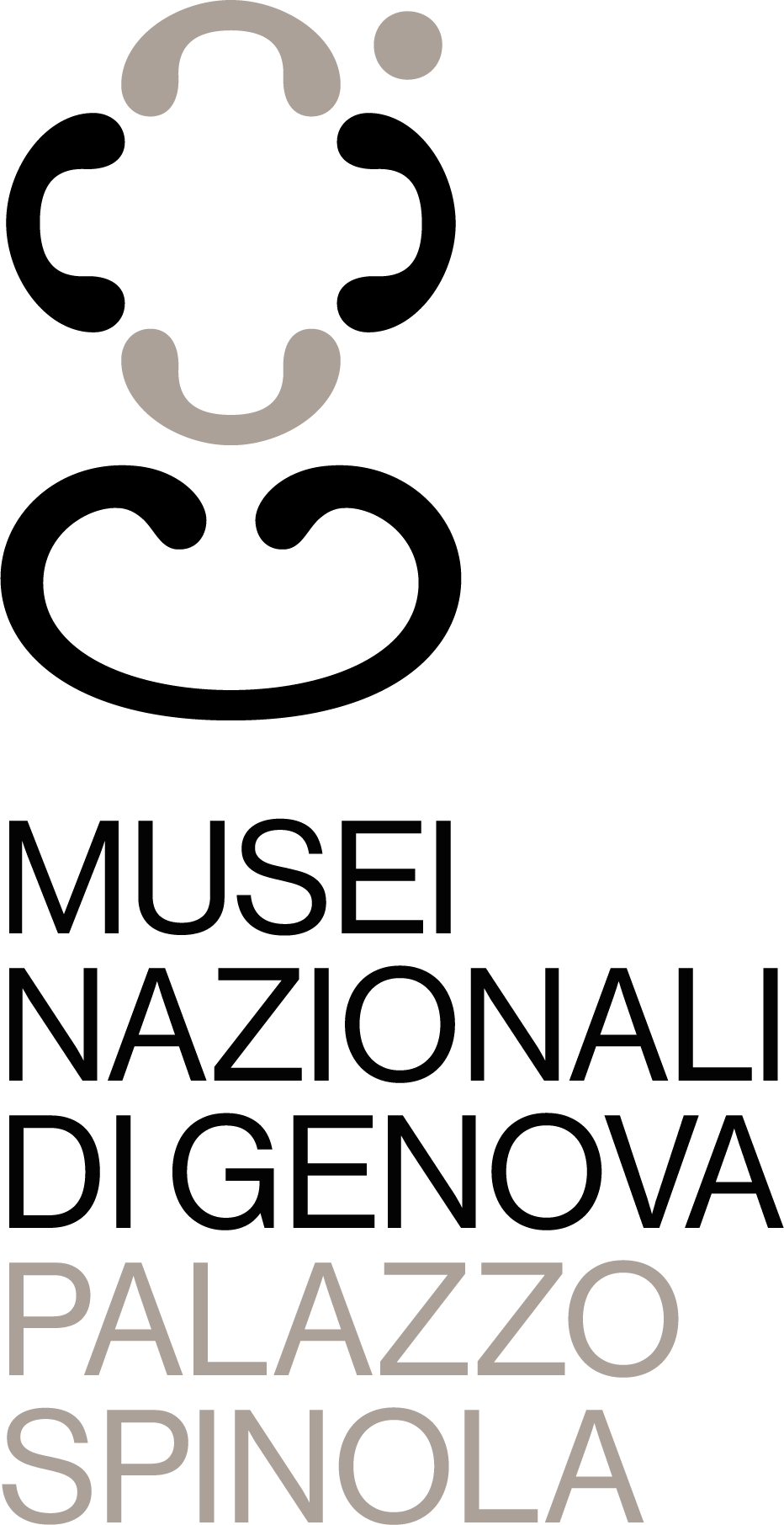
Click here to view image
Peter Paul Rubens (Siegen, 1577 - Anversa, 1640)
Oli on canvas, 265 x 188 cm
First mezzanine, "Appartamento del Marchese" (n. inv. GNL 42/1988)
Painting
Recorded in the inventory of Giovan Carlo Doria's assets drawn up in 1617 and in subsequent inventories of the picture gallery of the palace in Vico del Gelsomino, the painting passed to his son Agostino and then, in 1640, after Agostino’s death, to his brother Marcantonio Doria. In fact, Carlo Giuseppe Ratti reports it as hanging in Marcantonio IV Doria’s picture gallery. Subsequent hereditary passages saw its transfer to Naples, where it was exhibited in the Doria d'Angri palace.
In March 1940 the painting was put up for sale together with other works in the collection, but the export request that its new owner presented on June 18th, 1940 was rejected by the Minister of National Education following opposition from the National Council of Education. However a year later the painting was ceded to Adolf Hitler and destined for the museum in Linz. On November 16th, 1948, the portrait was returned to Italy and exhibited in Palazzo Vecchio in Florence, it remained there until 1985, when it was transferred to Naples and placed in storage at the Capodimonte museum. In 1988 the work was definitively assigned to the National Gallery of Liguria in Palazzo Spinola.
The origins of the painting can be traced with particular precision. Giovan Carlo was knighted as a member of the Order of St. James, on 28th December 1612, this was the final step of a process initiated by a "plea" dating to around 1603. On July 8, 1606 Philip III, informed the Order of his intention to confer the honour to the nobleman, a declaration which had to be communicated within thirty days. It can therefore be assumed that following the official announcement of the investiture Giovan Carlo, taking advantage of the presence in Genoa of Rubens, commissioned the painting in which he appears bearing the cross of the Order, but without wearing the robes (1610) nor having taken the oath (1612).
In the same year Rubens painted a portrait of Giovan Carlo’s father Agostino, now lost, and that of his sister-in-law Brigida Spinola.




